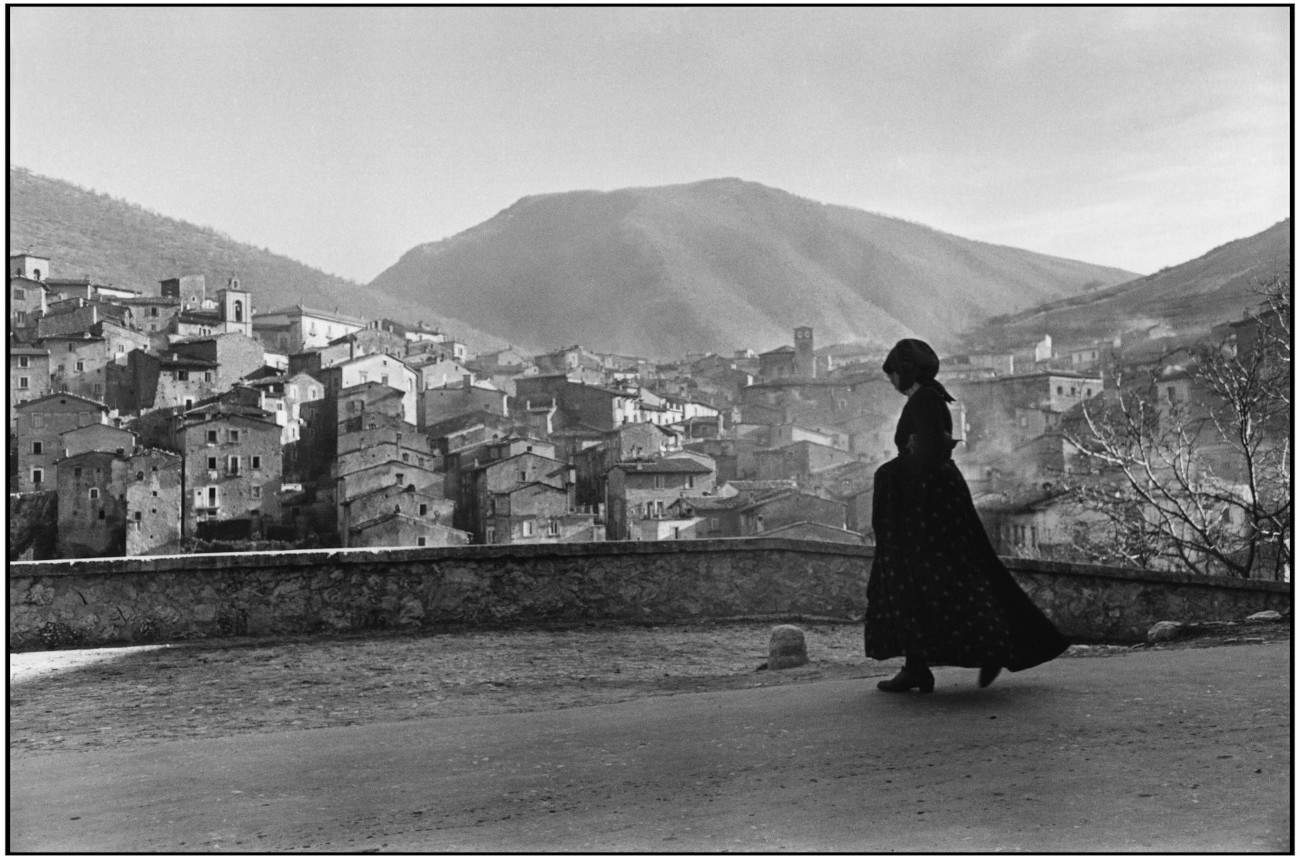Rovigo, at Rovella Palace an exhibition on Henri Cartier-Bresson's shots in Italy
From Sept. 28, 2024 to Jan. 26, 2025, Palazzo Roverella in Rovigo hosts a monographic exhibition on Henri Cartier-Bresson (Chanteloup-en-Brie, 1908 - Montjustin, 2004), focusing on the long relationship between the French master and Italy. The exhibition HENRI CARTIER-BRESSON and Italy, curated by Clément Chéroux and Walter Guadagnini, is promoted by the Fondazione Cassa di Risparmio di Padova e Rovigo with the Municipality of Rovigo and the Accademia dei Concordi, with the support of Intesa Sanpaolo. It is produced in collaboration with Fondation Henri Cartier-Bresson in Paris and Fondazione CAMERA - Centro Italiano per la Fotografia in Turin.
The exhibition aims to document for the first time in a comprehensive and in-depth way the relationship between the man who has been called “the eye of the century” and Italy. Through about 200 photographs and numerous documents, such as newspapers, magazines, volumes, and letters, the exhibition traces the stages of a relationship that began in the 1930s and continued until Cartier-Bresson abandoned photography in the 1970s.
Divided chronologically, the exhibition begins with the first Italian trip made in the early 1930s by a very young Cartier-Bresson in the company of his friend André Pieyre de Mandiargues, a young poet and writer, and his companion, the painter Leonor Fini. On this trip the photographer took some of his most famous images, all of which are featured in the opening section of the exhibition. The second trip, on the other hand, dates back to the early 1950s and touches on Abruzzo and Lucania, emblems of the South where tradition and modernity, poverty and social change were being confronted. A central figure in the construction of the image of the South and in particular of these regions is the writer and painter Carlo Levi, a fundamental reference for the many photographers who moved between Matera and the towns in the area. Especially Scanno near L’Aquila, becomes famous thanks to the shots of Cartier-Bresson and later Giacomelli.
Cartier-Bresson returned to Italy on several occasions between the 1950s and 1960s, producing services for the great illustrated magazines of the time, including Holiday and Harper’s Bazaar, dedicated to Rome, Naples, Venice and Ischia and Sardinia, stops that allowed the photographer to exercise his gaze on the customs and habits of the country and its inhabitants. The various shots taken in Rome fully restore the climate of those years and the specificity of a country not yet homologated to the dominant culture coming from overseas. Some of these images feed into one of the photographer’s best-known books, Les Européens of 1955, in which he chronicles the new Europe that is now in full swing after the tragedy of World War II. The exhibition concludes with images from the early 1970s devoted to Matera and those dedicated to the world of industrial work, including Olivetti and Alfa Romeo, which shift the focus specifically to the new ways of life of the period. The exhibition is composed of vintage works from the Fondation Cartier-Bresson, and is accompanied by explanatory texts in each room and a catalog, published by Dario Cimorelli Editore, which features all the works on display, essays by the two curators and Carmela Biscaglia.
For info: https://www.palazzoroverella.com/
Image: Henri Cartier-Bresson, L’Aquila, 1951 © Fondation Henri Cartier-Bresson / Magnum Photos
 |
| Rovigo, at Rovella Palace an exhibition on Henri Cartier-Bresson's shots in Italy |
Warning: the translation into English of the original Italian article was created using automatic tools. We undertake to review all articles, but we do not guarantee the total absence of inaccuracies in the translation due to the program. You can find the original by clicking on the ITA button. If you find any mistake,please contact us.





























